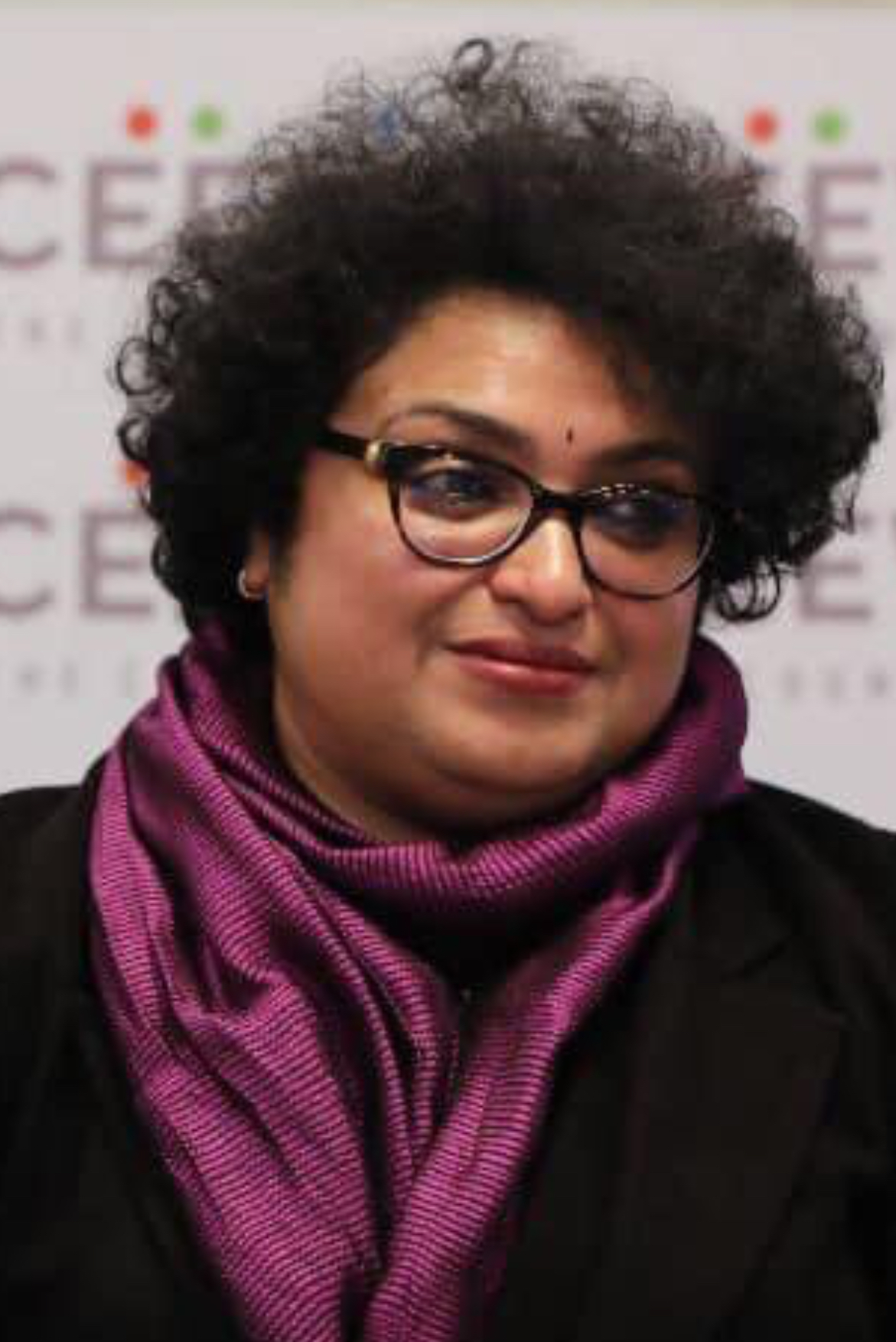With inflation rising, a slower monetary policy tightening by RBI could accelerate de-anchoring of inflation expectations. RBI might “bite the bullet” by hiking policy rates in upcoming MPC meetings.
Against the backdrop of mounting global uncertainties emanating from the Ukraine war and the energy price volatility, RBI has taken a smart move to go hawkish by tightening the liquidity in Indian economy. In the recent Monetary Policy Committee (MPC) deliberations in April 2022, all members voted for “pause” in revisions of policy rates. The repo rate is kept status quo at 4%. The reverse repo is maintained at 3.35%. The Marginal Standing Facility (MSF)—the overnight rate for parking the liquidity with RBI—is kept status quo at 4.25%. Simultaneously keeping the policy rates unchanged and introducing a new toolkit—Standing Deposit Rate (SDF) at 3.75%—to absorb excess liquidity was an interesting move by RBI. However, SDF is not a post-pandemic innovation in monetary policy stance. In the Urjit Patel Committee recommendations, SDF was suggested to absorb excess liquidity by curbing banks’ tendency to invest above Statutory Liquidity ratio (SLR) in government gilt-edged securities. The monetary policy corridor—the space between the reverse repo rate and the MSF—is re-calibrated by introducing SDF at 3.75% to absorb the short term excess liquidity in the system.
As part of the economic stimulus package AtmaNirbhar, the fixed reverse repo rate (FRRR) has been kept status quo at 3.35% since May 2020 to “nudge” the commercial banks not to park back in RBI. However, with SDF, the FRRR has become redundant. RBI has engaged in a subtle normalisation process through variable reverse repo rate, whose cut off yield rate has been 3.99%. The earlier than expected normalisation process has become important against the backdrop of mounting inflation and global macroeconomic uncertainties. The normalisation process is crucial as the call money rates have been below the repo rate for long time. The long term bond yield curve has also shown sufficient volatility. RBI has surprised the markets by this strong move towards policy sequencing of inflation containment prior to economic growth in the recent MPC meetings. Since May 2020, indeed, the policy imperative of RBI has been “whatever it takes” to tackle the economic growth recovery process. However, with the Ukraine war and mounting inflationary pressures, price stability has become a significant concern for RBI. The ever-mutating Covid-19 would continue as a crucial determinant of macroeconomic uncertainties.
Instead of SDF, had RBI been hiking the repo rates to contain inflationary pressures, the growth recovery process could have slowed down, as the credit would have become expensive. At the same time, keeping the status quo on policy rates for a prolonged period can catalyse the de-anchoring of inflationary expectations. In the next MPC deliberations, my hunch is that a plausible rate hike is on board, given the mounting inflation. The global financial markets have turned volatile due to the US Federal Reserve’s potential rate hike series, indicating huge capital flight—of hot money. A potential rate hike is crucial to pre-empt the capital flight. The financialisation of savings is affected with low policy rates, given the mounting inflation. The zero lower bound of real rates of interest and even the negative real rates of interest are matters of urgent concern. The RBI governor, in the press meetings after the MPC deliberations, clarified that the central bank will seriously examine the repercussions of negative real rates of interest on the economy and take the steps required.
The accusation that “RBI is behind the curve” has been responded with the brilliant re-calibrations for tightening the liquidity. However, the MPC projection of inflation (5.7%) is a close touch towards the upper bound of the mandated band at 6%. If RBI fails to control the inflation within the new monetary framework (NMF) mandate of 6% in three consecutive quarters, then the efficacy of inflation targeting framework—in anchoring the inflationary expectations—will be at stake. When inflation is rising, a slower monetary policy tightening by RBI could accelerate the de-anchoring of inflation expectations. RBI might “bite the bullet” by hiking policy rates in the upcoming MPC meetings. However, such moves can affect the public debt management as the cost of borrowings will go up with the hikes in interest rates. The potential hike in interest rates can also affect the economic growth recovery process. The MPC has projected the growth path only at 7. 2%. This is way behind the projections in the Economic Survey by the Centre to above 8% for this fiscal. Given this policy dilemma on monetary policy stance, a conscious fiscal policy package is crucial to pre-empt the adverse impacts on growth recovery of exogenous supply shocks. The existing fiscal space constraints can deter the Centre from reducing the fuel taxes. At the same time, a series of hikes in fuel taxes can affect the disposable income in the hands of people in a pandemic-ridden economy.
Further, a deliberate policy co-ordination between monetary and fiscal authorities is crucial to arrest the mounting inflation emanating from energy price volatility, restricted trade movements and delays in consignments, and supply chain disruptions. The acknowledgement by RBI that current inflationary phenomenon is not “transient” itself is a bold first step.
This article was published in 'The Financial Express' on April 22, 2022.
Lekha Chakraborty is Professor, NIPFP and Research Associate of Levy Economics Institute of Bard College, New York and Member, Governing Board of International Institute of Public Finance (IIPF) Munich.
The views expressed in the post are those of the authors only. No responsibility for them should be attributed to NIPFP.

